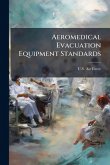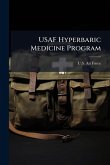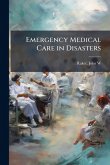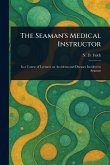The Department of Defense, USAF, and Air Mobility Command (AMC) rely on the Civil Reserve Air Fleet (CRAF) to provide supplemental airlift in times of national emergency. AMC oversees the CRAF program which contains three segments: international, national, and aeromedical evacuation. The CRAF Aeromedical Evacuation (AE) program involves commercial B-767 aircraft, Aeromedical Evacuation Shipsets (AESS), a Casualty Transfer System, and a large number of support personnel and equipment. Wartime planning in the early 1980s revealed a significant shortage of military airlift to accomplish the aeromedical evacuation mission. Consequently the CRAF AE program was initiated. Planning for Major Regional Conflict scenarios has currently set a requirement for 25 and 44 B-767 aircraft for CRAF Stages II and III, respectively. Unfortunately AMC has not been able to acquire full commitment to the CRAF AE program. This work has been selected by scholars as being culturally important, and is part of the knowledge base of civilization as we know it. This work was reproduced from the original artifact, and remains as true to the original work as possible. Therefore, you will see the original copyright references, library stamps (as most of these works have been housed in our most important libraries around the world), and other notations in the work. This work is in the public domain in the United States of America, and possibly other nations. Within the United States, you may freely copy and distribute this work, as no entity (individual or corporate) has a copyright on the body of the work. As a reproduction of a historical artifact, this work may contain missing or blurred pages, poor pictures, errant marks, etc. Scholars believe, and we concur, that this work is important enough to be preserved, reproduced, and made generally available to the public. We appreciate your support of the preservation process, and thank you for being an important part of keeping this knowledge alive and relevant.
Bitte wählen Sie Ihr Anliegen aus.
Rechnungen
Retourenschein anfordern
Bestellstatus
Storno








